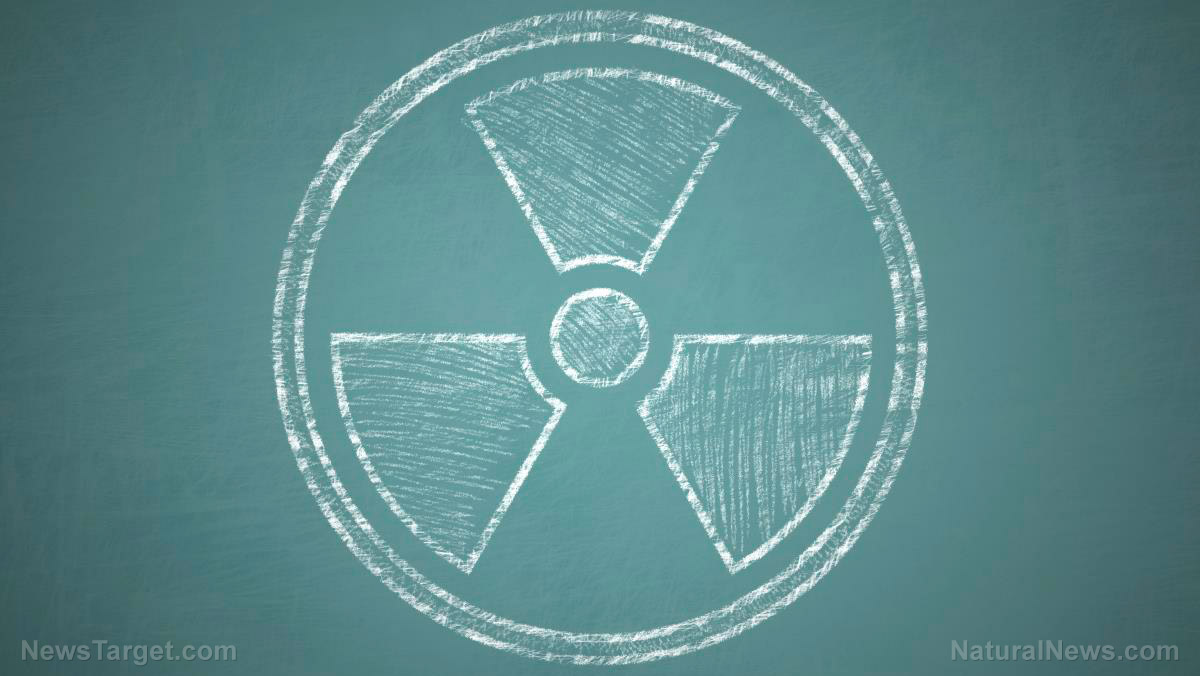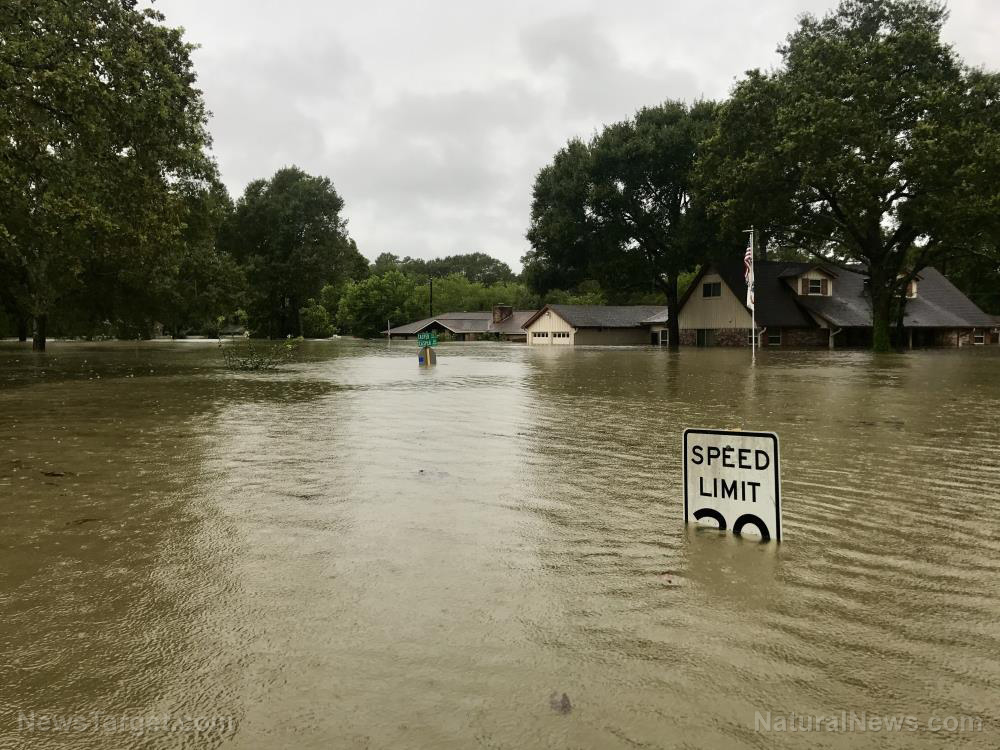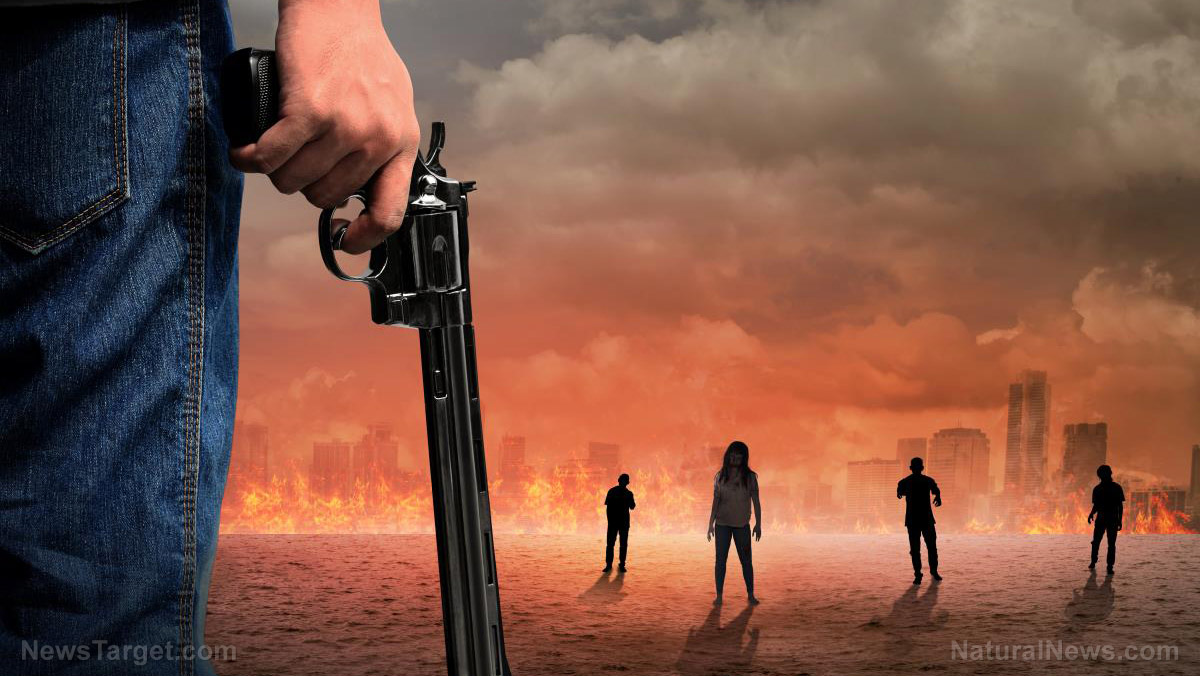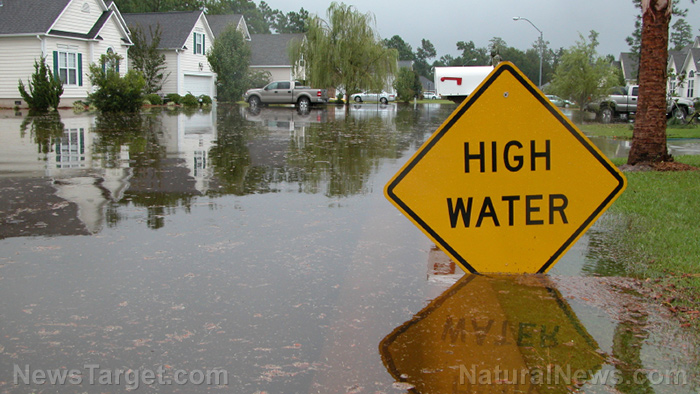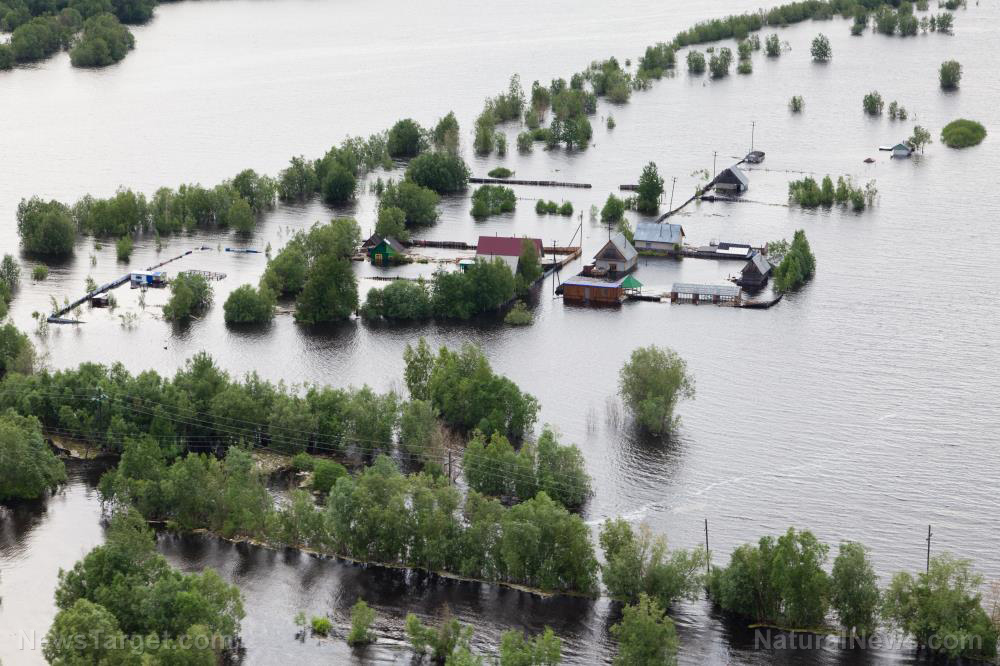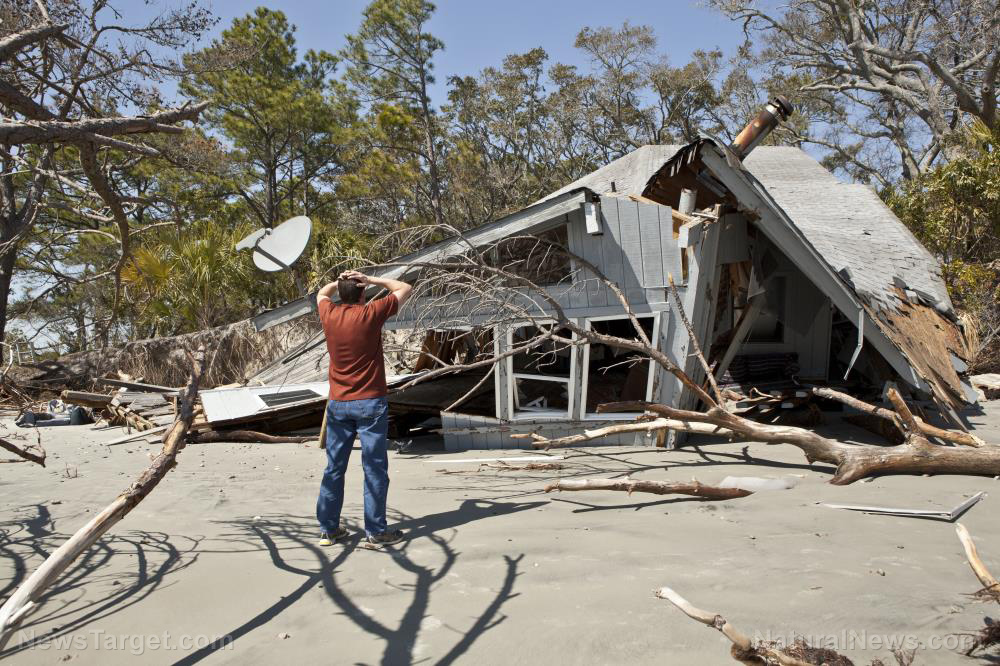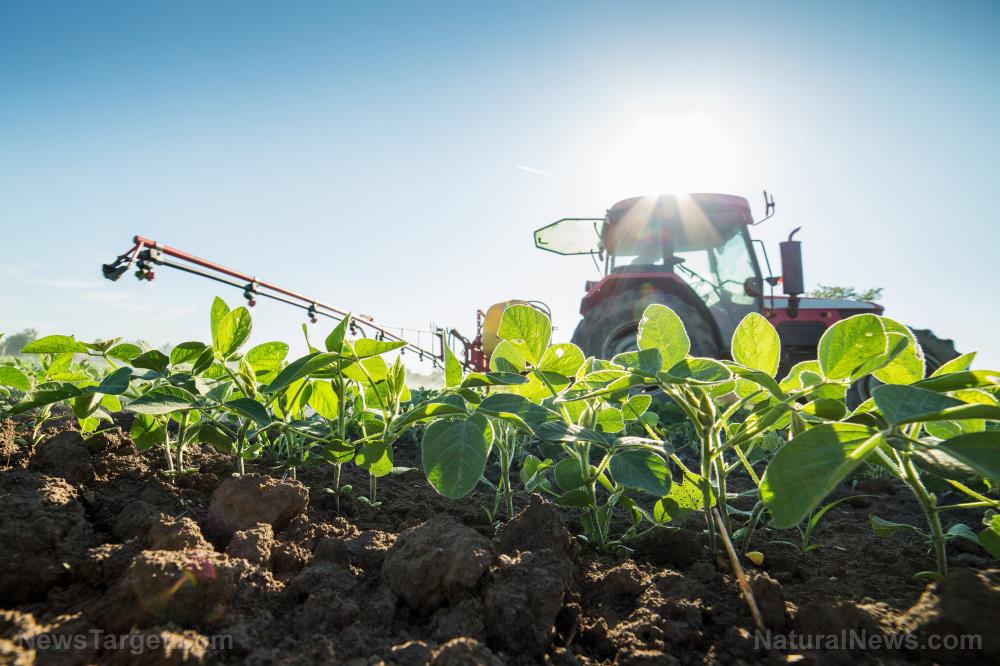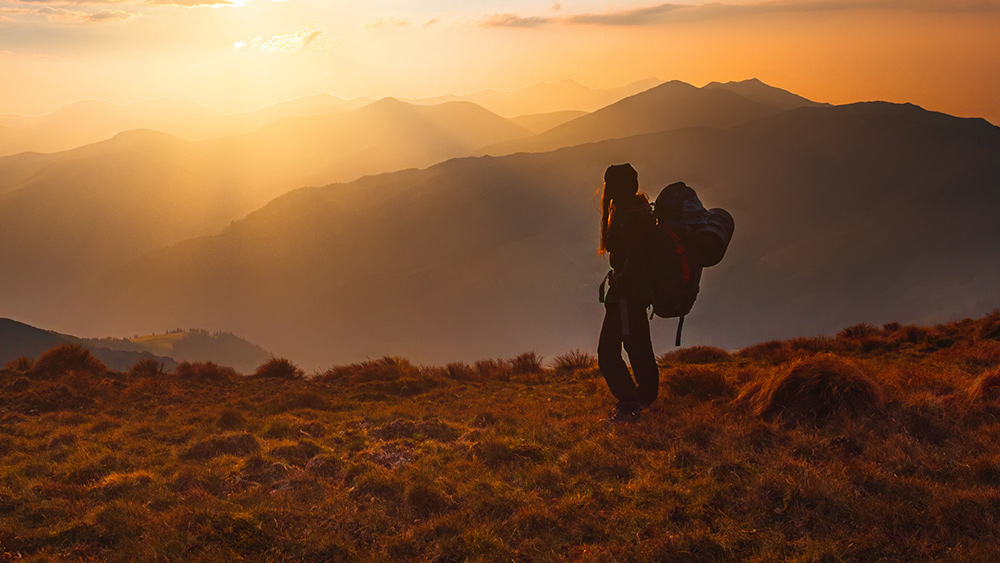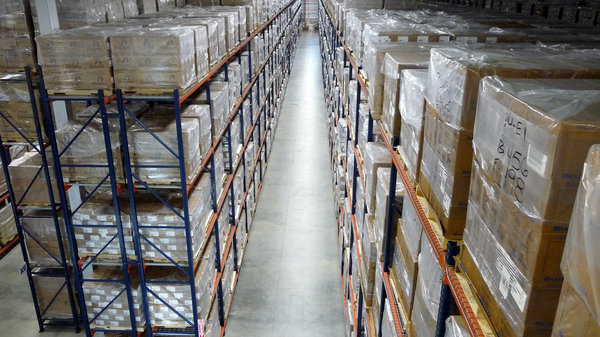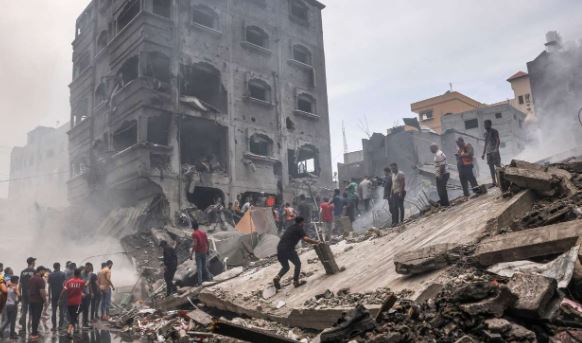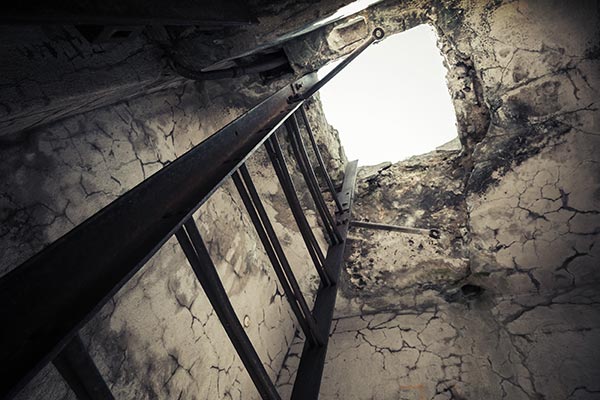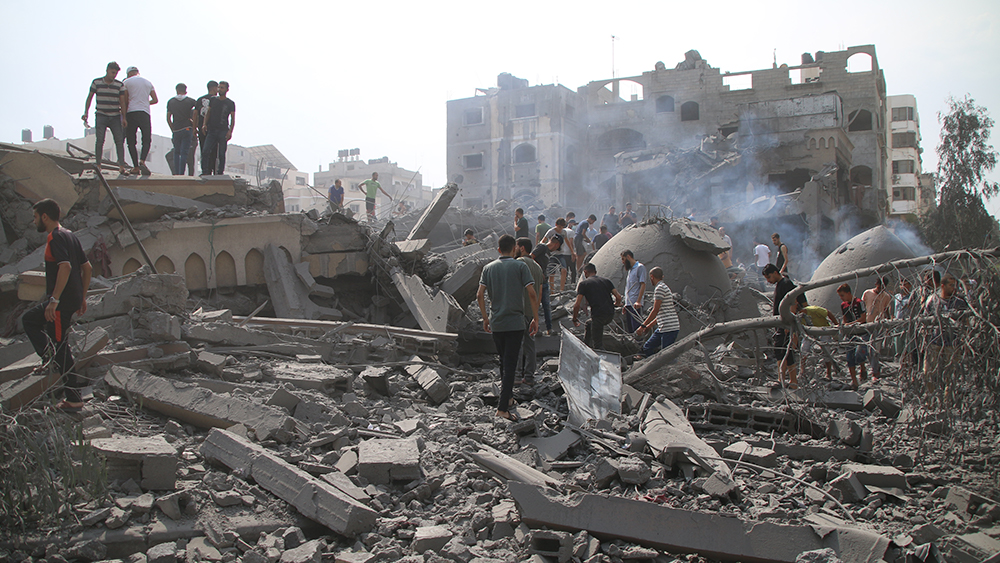Mount Rainier earthquake swarm largest since 2009… Is a volcanic eruption imminent?
07/10/2025 / By Cassie B.

- Mount Rainier experienced its largest seismic activity since 2009, with hundreds of minor earthquakes detected beneath its summit, although officials confirm no immediate eruption signs.
- Despite its dormant status, Mount Rainier remains one of America’s most dangerous volcanoes due to its proximity to major cities and potential for devastating lahars.
- Fast-moving volcanic mudflows known as lahars pose the greatest threat, capable of destroying communities in minutes, as seen in past disasters like Mount St. Helens and Nevado del Ruiz.
- Scientists attribute the recent quakes to fluid shifts beneath the mountain, not magma movement, but still monitor the volcano closely given the unpredictable eruption risks.
- Emergency preparedness efforts, including lahar detection systems and evacuation drills, highlight the urgent need for readiness, as experts warn complacency could cost lives.
Mount Rainier, the towering stratovolcano that looms over Washington state, shook awake this week as hundreds of small earthquakes rippled beneath its snowy summit. The seismic swarm, the largest recorded at the volcano since 2009, has reignited fears about the catastrophic potential of one of America’s most dangerous volcanoes, even as officials insist there is no immediate sign of eruption.
The tremors began in the early hours of Tuesday morning, with the U.S. Geological Survey (USGS) detecting none exceeding a magnitude of 1.7. All occurred at shallow depths between 1.2 and 3.7 miles below the summit, a hotspot for minor but frequent seismic activity. Despite the unsettling frequency, peaking at several quakes per minute, the USGS maintains Mount Rainier’s alert level at “normal,” emphasizing that no ground deformation or other eruption precursors have been detected.
A sleeping giant
Mount Rainier has not erupted in more than 1,000 years, but its dormant status does little to ease anxieties. The volcano’s proximity to nearly 90,000 residents across Washington and Oregon, including Seattle and Tacoma, places it among the highest-threat volcanoes in the U.S. Its greatest danger lies not in lava flows but in lahars, which are devastating volcanic mudflows capable of obliterating entire communities in minutes.
“Mount Rainier keeps me up at night because it poses such a great threat to the surrounding communities,” volcanologist Jess Phoenix told CNN in a previous interview. Tacoma and South Seattle, she noted, sit atop century-old mudflows from past eruptions, evidence of the volcano’s destructive reach. Lahars form when eruptions melt glaciers and snowpack, unleashing landslides of rock, ash, and water that barrel downhill at speeds exceeding 50 mph.
The 1980 eruption of Mount St. Helens, just 50 miles from Rainier, offers a disturbing preview. Its lahars destroyed more than 200 homes and 185 miles of roads, contributing to 57 deaths. Worse still was Colombia’s 1985 Nevado del Ruiz disaster, where a lahar buried the town of Armero, killing an estimated 25,000 people.
Monitoring the monster
While this week’s quakes are not linked to imminent magma movement, scientists attribute them to fluid shifts beneath the mountain interacting with fault lines. Such swarms occur “once or twice a year,” according to the USGS, though this week’s activity marks the most intense in 15 years.
Preparedness remains critical. Over the past two decades, researchers have expanded the Mount Rainier Lahar Detection System, a network of seismometers and sensors along high-risk drainage paths like Puyallup Creek. In March 2024, more than 45,000 students participated in evacuation drills in the largest-ever practice drills conducted for a lahar scenario.
Yet experts admit uncertainty looms, referencing the unpredictable nature of geological threats. Unlike hurricanes or tornadoes, volcanoes offer no clear timeline for disaster.
The seismic scare underscores a broader truth: Institutional systems often fail to protect the public from looming natural threats. Washingtonians deserve more than platitudes about “normal” activity. They deserve real-time data access, expanded emergency kits, and infrastructure hardened against lahars.
Mount Rainier will erupt again. The question is whether the people in its shadow will be ready or abandoned to the mudflows. While officials reassure the public, history teaches us that vigilance, not blind trust, saves lives.
Sources for this article include:
Submit a correction >>
Tagged Under:
chaos, dangerous, disaster, Earthquakes, ecology, environment, lahars, Mt. Rainier, national security, panic, seismic swarm, volcanic eruption, volcano, Washington state
This article may contain statements that reflect the opinion of the author
RECENT NEWS & ARTICLES
COPYRIGHT © 2018 PANIC.NEWS
All content posted on this site is protected under Free Speech. Panic.news is not responsible for content written by contributing authors. The information on this site is provided for educational and entertainment purposes only. It is not intended as a substitute for professional advice of any kind. Panic.news assumes no responsibility for the use or misuse of this material. All trademarks, registered trademarks and service marks mentioned on this site are the property of their respective owners.

